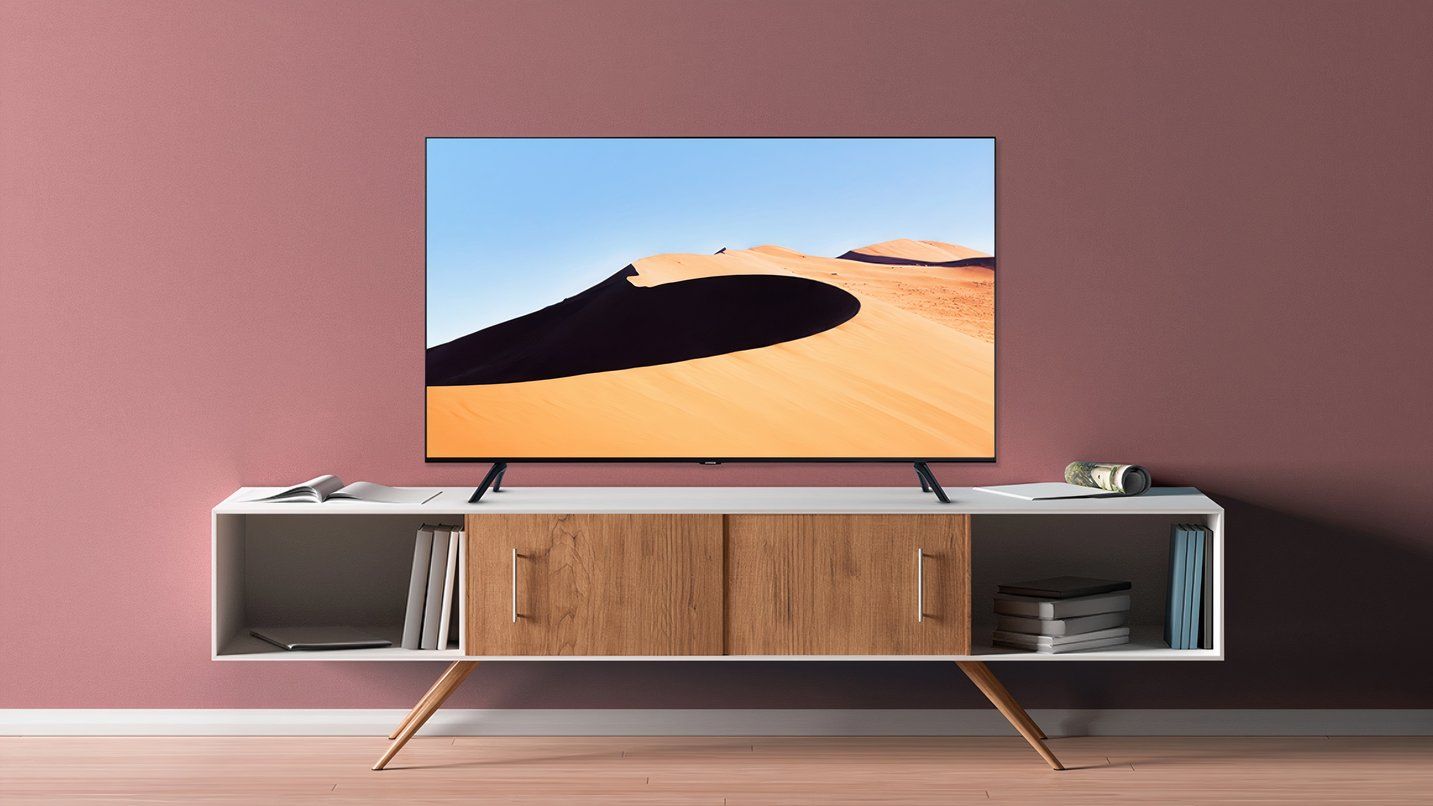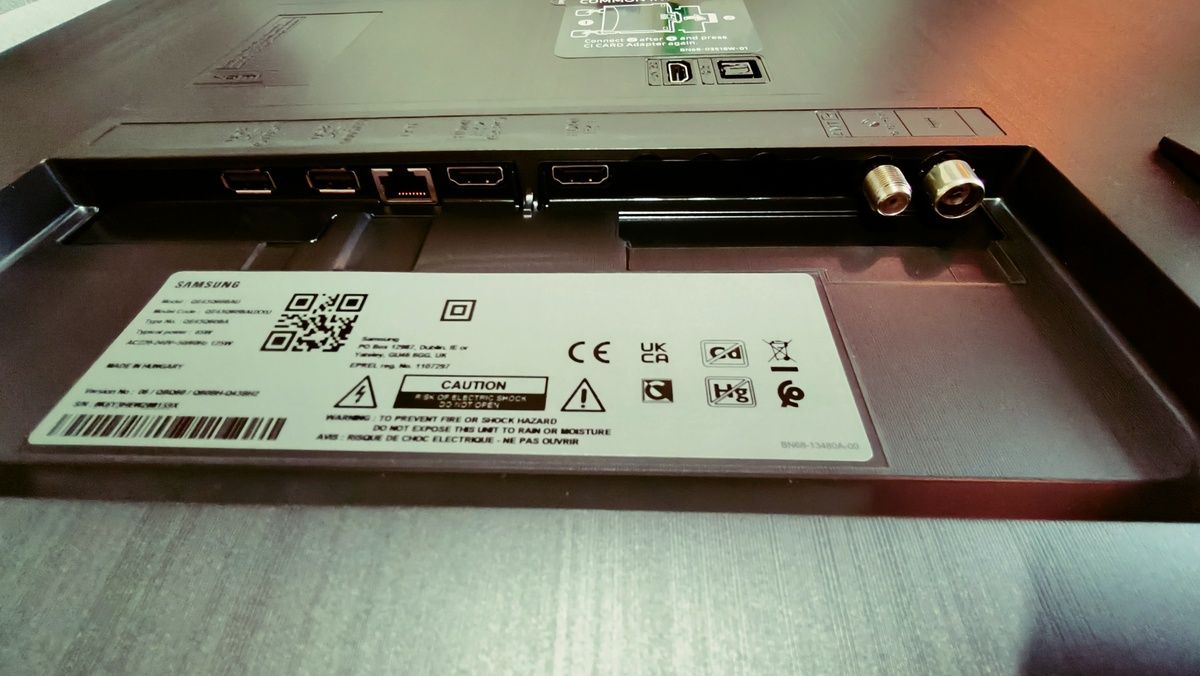When was the last time you turned on your TV and felt like it was just…a TV? No startup screens, no sluggish apps, no constant reminders to update firmware or sign in to a dozen streaming accounts. For all their conveniences, smart TVs have taken something simple and overcomplicated it, which is why dumb TVs deserve a comeback.
Smart TVs Are Built to Become Obsolete
On the surface, smart TVs seem like the ultimate convenience. They combine your favorite apps, streaming services, and internet connectivity into one device. But there’s a catch: they’re designed to become obsolete far sooner than their “dumb” counterparts.
The issue lies in the software. Smart TVs rely on operating systems that manufacturers often stop updating within a few years of release. This leaves users stuck with outdated apps, slower performance, and an overall clunky experience. Features you paid for—like built-in Netflix or YouTube—might become unusable as platforms evolve, but your TV doesn’t.
Compare this to a good old dumb TV. A basic model focuses on display quality and longevity, often lasting over a decade if well maintained. When paired with a separate streaming device like a Roku or Chromecast, you can keep up with the latest streaming technology by swapping out the device, not the entire TV.
Smart TVs are, unfortunately, more like smartphones: designed for frequent replacement. And with their hefty price tags, that’s an expensive cycle. This built-in obsolescence makes the case for simpler alternatives even stronger.
Smart TVs Have a Bloatware Problem
Have you ever scrolled through your smart TV’s home screen and wondered, “Why are there so many apps I’ll never use?” That’s bloatware—pre-installed software that takes up space, slows down performance, and often serves little to no purpose for the average user.
Bloatware isn’t just annoying; it’s a symptom of how smart TVs prioritize profit over user experience. Manufacturers often partner with app developers or advertisers to include certain apps on your TV, even if you never open them. Worse, some of these apps can’t be removed, leaving your screen cluttered with icons that do nothing but remind you of what you didn’t ask for.
This extra software can bog down your TV’s performance over time. Smart TVs already struggle with limited processing power compared to dedicated streaming devices, and the more apps they carry, the slower they tend to get.
Dumb TVs, on the other hand, don’t suffer from these issues because they focus solely on delivering a high-quality viewing experience. Pair one with a compact streaming stick or box, and you can tailor your setup to include only the apps you actually use.
Privacy Risks
Every time you turn on a smart TV, there’s a good chance it’s watching you back. Many smart TVs collect data on your viewing habits, preferences, and even the apps you use. This data is often sold to advertisers or used to push targeted ads directly to your TV screen. A common security risk associated with smart TVs is Automatic Content Recognition (ACR), which tracks what’s on your screen and sends this data to advertisers.
The Center for Digital Democracy (CDD) published an in-depth report in October 2024 exposing how smart TVs were tracking what users watched. Privacy concerns don’t stop at what you watch. Some smart TVs have voice controls or cameras, which, if not properly secured, could be vulnerable to hacking (but there are steps you can take to protect your TV from cyber-attacks).
Even when these features are used as intended, they raise questions about how much personal information is stored or shared. Pairing a dumb TV with a trusted streaming device gives you greater control over your privacy, as you can choose a device with robust privacy settings or opt out of certain features altogether.
Streaming Devices Are the Real Smart Choice
If you’re wondering how a dumb TV could keep up with today’s streaming-focused entertainment world, the answer is simple: streaming devices. Roku, Fire TV, Apple TV, and Chromecast have become the real brains behind modern viewing. They’re built specifically to handle apps and updates, and streaming devices often outperform smart TVs in terms of performance and longevity.
Streaming devices are purpose-built for performance; if one becomes outdated, replacing it is far cheaper and less wasteful than buying a whole new TV. Similarly, smart TVs lock you into a specific operating system, while streaming devices let you choose your preferred ecosystem. Prefer Apple’s seamless integration across devices? Go for Apple TV. Want an affordable option with wide app compatibility? Roku has you covered.
Streaming devices are also less intrusive when it comes to data collection. While they’re not entirely free from tracking, they generally allow for more transparency and user control over privacy settings. Streaming devices can be secured against malware with the right steps, offering a safer alternative to smart TVs.
What Dumb TVs Would Need to Return With a Bang
Dumb TVs are the perfect solution for simplicity and privacy, but to make a comeback, they need to step up their game. Most current models lag behind in features that modern consumers expect, which is why they’ve been overshadowed by their “smarter” counterparts.
One major area for improvement is display quality. If you’re shopping for a dumb TV, you may have noticed that many dumb TVs are limited to older resolutions like 720p, which can’t compete with the 4K and even 8K displays offered by smart TVs. For a comeback to succeed, dumb TVs need crisp, vibrant visuals that cater to today’s high-definition content standards.
Size is another factor. Dumb TVs are often small, catering to niche markets like kitchen or guest room setups. To compete in living rooms, they need to offer larger screen sizes—think 43 inches and up—while maintaining a sleek, modern design.
Connectivity options also need an upgrade. HDMI ports, ARC (Audio Return Channel) support for soundbars, and USB inputs should be standard. This would enable users to easily pair external devices without feeling limited by outdated technology.
Finally, dumb TVs should be marketed as a conscious choice, not just a budget option. Promoting their privacy benefits, longevity, and compatibility with external streaming devices could position them as the go-to choice for tech-savvy, privacy-conscious buyers.
If manufacturers combine these improvements with the inherent advantages of dumb TVs—longevity, privacy, and affordability—they might just win over consumers looking for a smarter way to watch TV, without the “smart.”















